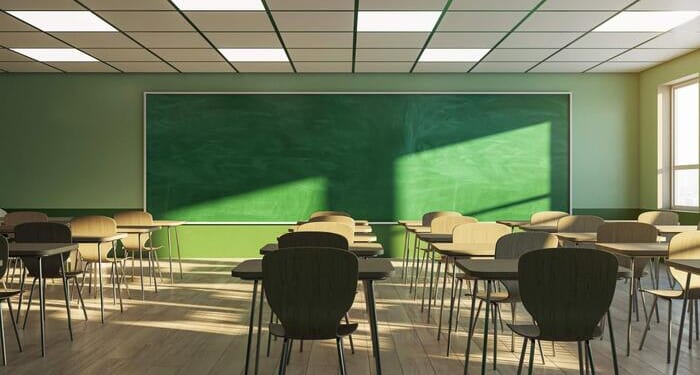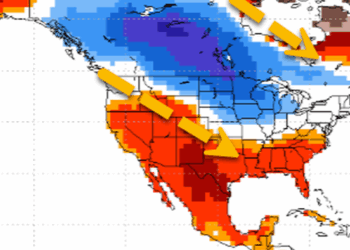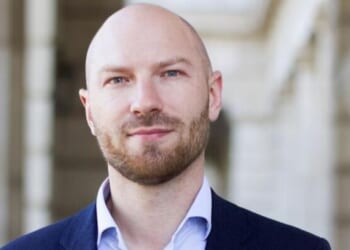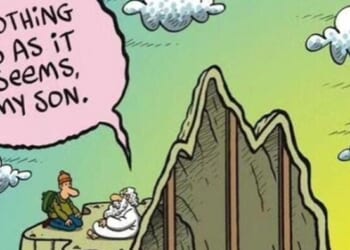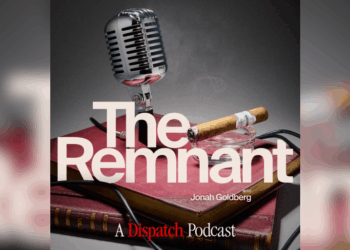Authored by Larry Sand via American Greatness,
Students attending American public schools are struggling. Test scores from the 2024 National Assessment of Educational Progress (NAEP), released this year, indicate that 33% of 8th graders—a greater percentage than ever before—are reading at the “below basic” level.
Additionally, only 22% of high school seniors are proficient or above in math, down from 24% in 2019, and only 35% are proficient in reading—the lowest score since NAEP began in 1969—down from 37% in 2019. Also, a record-high percentage scored at “below basic” levels in both math and reading compared to all previous assessments.
Parents across the country, especially in big cities, have become aware of the problem and are removing their children.
In Chicago, public school enrollment has decreased significantly over the past 15 years, from nearly 403,000 students in 2010-11 to just over 316,000 in 2025-26, according to the Illinois Policy Institute. Most recently, the district reported a decline of 9,081 students between 2024-25 and 2025-26. IPI states that more than one in three desks in the district are empty.
For the 2025–26 school year, the New York City Department of Education discloses that 793,300 students are enrolled in K-12 grades. That’s a 2.3% decrease from the previous year and a nearly 10% drop since 2020. The data also show that 112 of the city’s public schools have fewer than 150 students, up from 80 schools just two years ago.
Twenty years ago, the Los Angeles Unified School District had 737,000 students, but that number has now fallen to approximately 408,000, reflecting a decline of over 40%.
Among students who haven’t withdrawn, many are chronically absent. Using data from 44 states and Washington, DC, Nat Malkus, the director of education policy at the American Enterprise Institute, writes that the alarming rate of chronic absenteeism—students missing more than 10% of school days annually—was 23.5% in 2024.
This problem, too, is especially serious in our large urban areas. In Los Angeles, over 32% of students were chronically absent in the 2023-2024 school year, 34 elementary schools have fewer than 200 students, and 29 use less than half of the building. Even worse, Chicago’s chronic absentee rate is 41%.
As government-run schools are shrinking, private schools are expanding substantially.
Participation in private school choice—when students use public funds for private school tuition—has risen 25%, from just over one million students in 2024 to 1.3 million this year, according to a new analysis by EdChoice, a school choice advocacy group.
This has been the largest year-to-year increase since EdChoice started tracking the data in 2000, said Robert Enlow, president and CEO of EdChoice. He noted that it took about 24 years for private school choice participation to reach one million students, and this year it hit 1.3 million.
Florida educates over 500,000 students through its universal voucher and scholarship programs. Utah’s Fits All Scholarship launched in 2024 with about 10,000 seats and was immediately oversubscribed. Iowa’s Students First Educational Savings Account program enrolled nearly 28,000 students in its second year, surpassing projections.
Additionally, many parents have chosen to homeschool. In fact, homeschooling has reached an all-time high.
Angela Watson of the Johns Hopkins University School of Education’s Homeschool Hub wrote earlier this month, “In the 2024-2025 school year, homeschooling continued to grow across the United States, increasing at an average rate of 5.4%. This is nearly three times the pre-pandemic homeschooling growth rate of around 2%. Notably, 36% of reporting states recorded their highest homeschool enrollment numbers ever—exceeding even the peaks reached during the pandemic.”
It’s not just parents who are dissatisfied with public schools; only 26% of teachers believe K-12 education is heading in the right direction nationwide, a 5-point drop from the spring, when 31% felt optimistic.
Of course, the public school monopolists, especially the teachers’ unions, are upset about the advancement of school choice, but their reasons are baseless. One argument they use is that choice increases segregation. American Federation of Teachers’ president Randi Weingarten nonsensically claims school choice was designed to keep schools segregated.
Wrong.
Researcher Greg Forster states that ten empirical studies have examined private school choice programs and their effect on segregation. Nine of these studies found that the programs reduced segregation, while one found no noticeable impact. None of the studies indicated that choice encourages racial discrimination.
No matter. The teachers’ unions, realizing they are losing in the court of public opinion, have resorted to litigation in various state courts. Wyoming, Missouri, Utah, South Carolina, and Montana have faced legal action from the unions, which are desperately afraid that parental choice will severely impact their bottom line.
So far, the unions’ efforts have been successful in two states.
In Wyoming, lawmakers launched the state’s first K-12 education savings account (ESA) program last year, beginning with the 2025-2026 school year. The $7,000 accounts can be used for private school tuition, tutors, homeschooling, or other education-related expenses. Nearly 4,000 students applied for them this fall.
However, the Wyoming Education Association, representing about 6,000 public school teachers, opposes using taxpayer dollars for a private option. In a lawsuit filed in June, the union and nine parents sued the state, arguing that the Steamboat Legacy Scholarship Act is unconstitutional because it violates a state regulation requiring a “complete and uniform system of public instruction.” The union was successful when a District Court judge issued a preliminary injunction against the voucher program in July.
In Utah, the state affiliate of the National Education Association successfully sued the state last year, arguing that the Utah Fits All Scholarship Program violates the state constitution by diverting tax revenue to private schools that aren’t free, accessible to all students, and supervised by the state board of education. The Utah Supreme Court is scheduled to review an appeal later this year.
In summary, we are engaged in a turf war. Parents, whose primary concern is their children’s education, are battling the establishment, particularly the teachers’ unions, whose aim is to protect their profits and maintain their toxic influence over K-12 education.
Loading recommendations…

